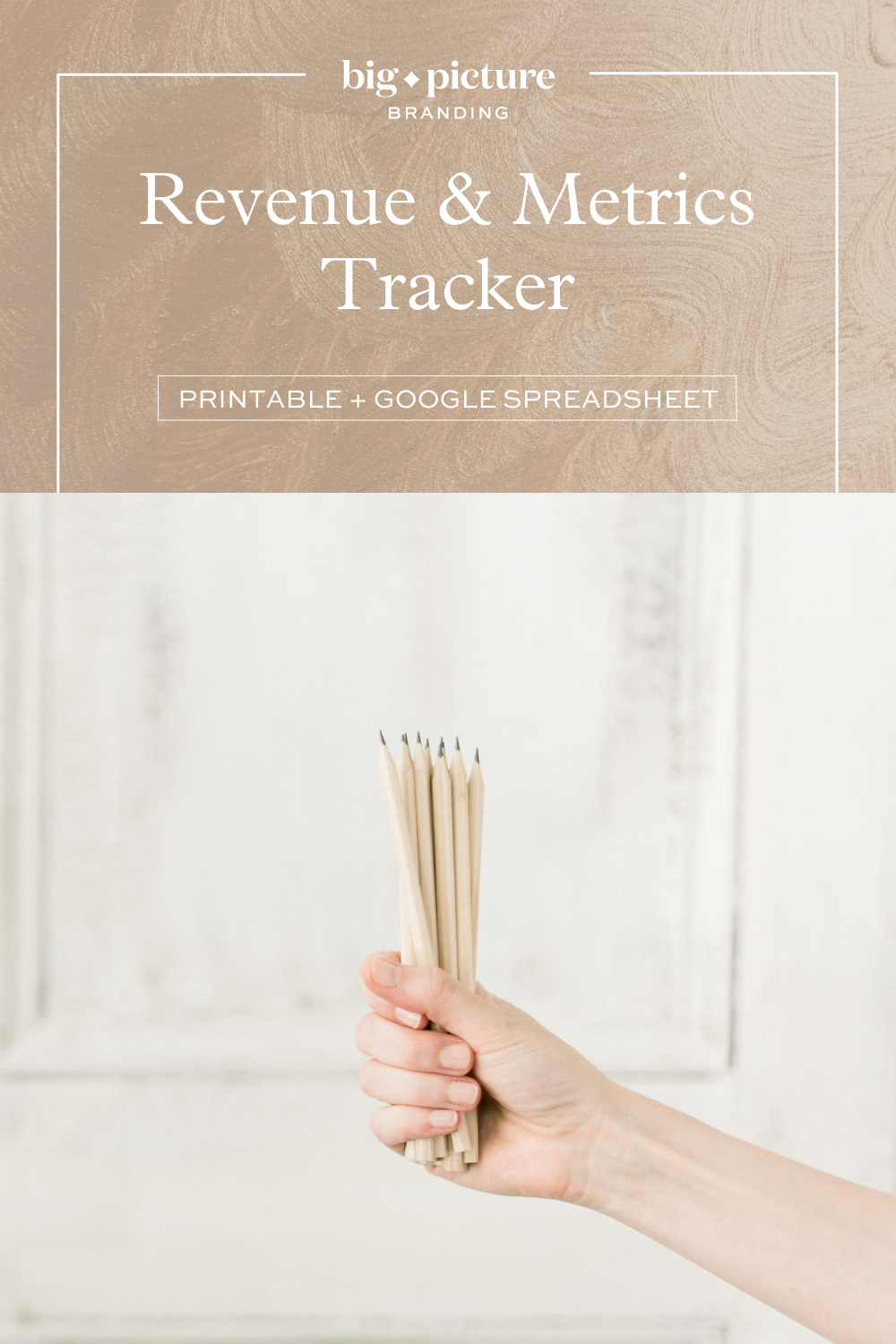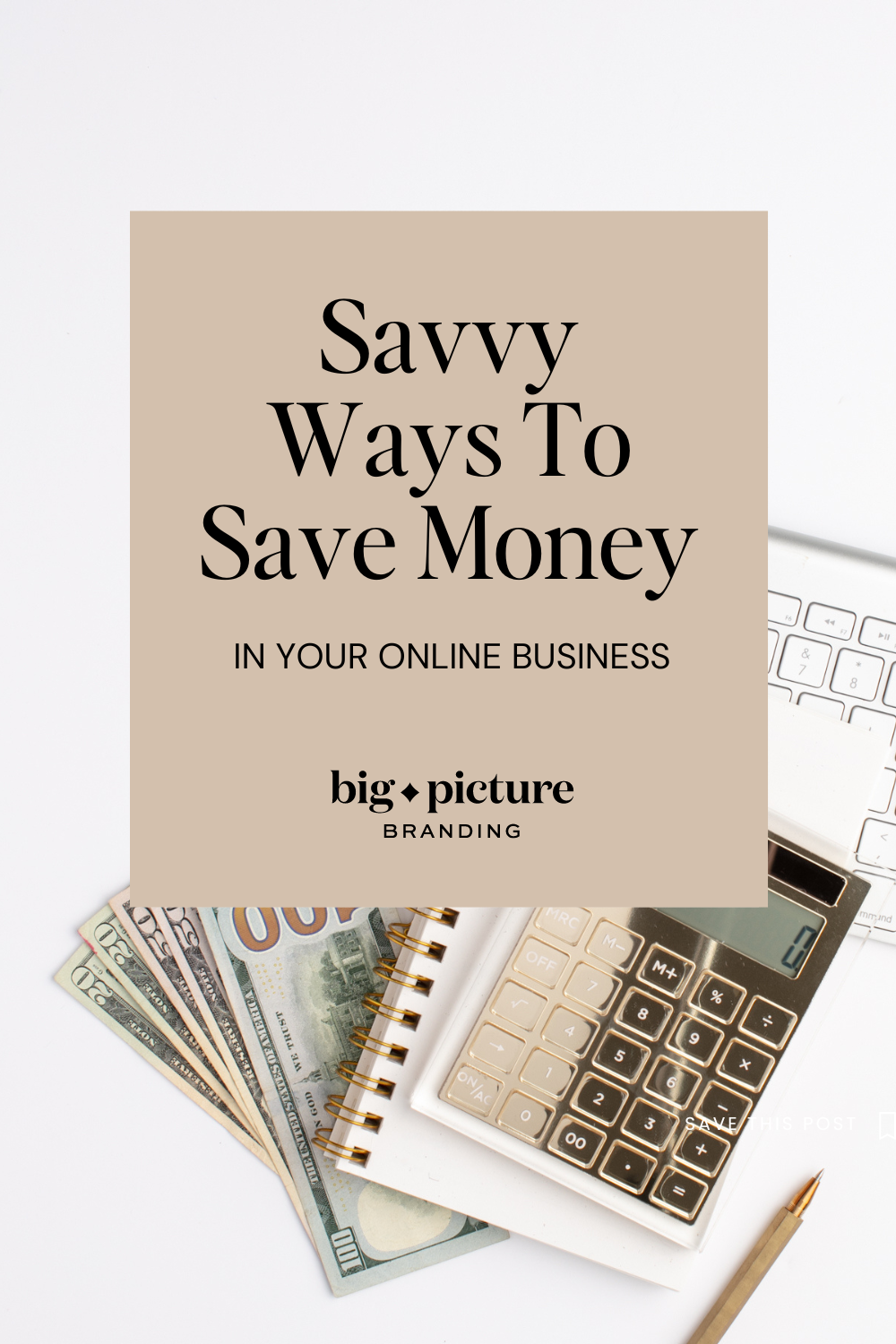The reality of being a small business owner is that at some point you’ll have to make a big business investment. Contractors, more robust software platforms, a larger email server, or the decision to level up your current website and undergo a copy and design refresh can mean you’ll need to have a significant amount of cash on hand to put down deposits and pay your invoices on time.
It’s a humbling experience the first time you pay someone else the amount you usually charge your own clients and customers – and a great way to understand the value in delivering an exceptional client experience.
As well as keeping you grounded, by investing in your own business, you’re also investing in others’ futures as well. Even though there were 4.5 million new business applications following the pandemic, the small business world can feel pretty…well, small. Choosing to shop local, or shop small is what keeps the creative economy running.
But, what if your business is seasonal or the nature of lead generation means your cash flow is up and down throughout the year?
One practice I’ve picked up as someone with a million ideas a day is to have a dedicated notebook or journal called “Business Brainstorming”. Inside I have a “Wishlist” section where I write down all the things I’d do in my business if I had all the time and money in the world. A couple of times a year (more if it’s a particularly profitable year) I cherry-pick something from my wishlist.
One year, it was a brand photography session with Jessie Wyman Photography (which I’ve since made an annual line item in my budgeting spreadsheet.) Another year I needed to upgrade my client sales and onboarding process, which meant subscribing to Dubsado and hiring my friend Kate of The Efficient Creative to help me set up my workflows and automations.
Beyond being strategic about what you spend, you can also be savvy about small but mighty ways to save money in your business. Small savings can add up to the cost to hire a VA, which in turn frees you up to focus on adding a new product to your shop or a new income stream. Or more time to take a well-deserved power nap.
Here are a few ways you can save money as an online business owner.
1) Only pay for subscriptions when you need them
Yes, paying annually can save you sometimes as much as 30% but only if it’s a service you’re using to its fullest, every month. Crunch the numbers and decide if its really worth it to pay for that stock photography or creative market membership each year, or if you can get away with re-subscribing during the one or two months out of the year that you’re culling images and assets for your content or website. If you run a live course twice a year, you probably don’t need to pay the monthly subscription fee during the 10 months your course is inactive. (But be sure to always check your software platform’s subscription downgrade policies so you or your current students don’t lose access to any content when you make the switch.)
2) Use a template before you go custom
It’s no secret that here at Big Picture, we’re big fans of DIY-ing everything first. The BP Resource Library exists to help online businesses in the DIY-stage access the foundational brand strategy and copywriting templates, tips, & resources to grow your business. Once you’ve got your feet wet, know who you are, and you are bringing in consistent revenue, then and only then is it time to invest in something custom. Going all-in before your business is in a comfortable place can be an easy way to build something half-baked (an expensive mistake, to say the least.)
Another way to save big is to go semi-custom. Instead of hiring an expensive lawyer to provide you with a custom client contract or legal language use a template geared toward your needs or niche. (The Contract Shop is my go-to.) When it comes to design, invest in a template (I co-sign Tonic Site Shop) and find a designer who does template styling (applying your branding and tweaking the template as needed.) Double-check your existing software and tools to see if they have a resource library for subscribers. ConvertKit has a ton of funnel and automation templates for just about any email marketing need. The benefit here is when you’re ready to customize, you’ll already know what works well for your business and where to optimize with a pro.
3) Barter services
This works best if you’re already familiar with the person you’d like to barter services or goods, and when you’re in similar stages of growth with a similar audience. Bartering is a great way to save when you’re just starting out. If you’re a coach, can you offer a few coaching sessions in exchange for a logo? How about a mini photography session in exchange for some SEO work? A Pinterest profile clean-up and optimization for a copyrighted sales page? Free product samples or custom floral arrangements for free event tickets?
The rule with this one is to draw up a contract for services in kind. Make sure each party feels like they are giving as much as they are getting and will be treated with the same level of care and attention as a traditional paying client.
4) Clean your mailing list
Email marketing platforms price their subscriptions based on features (of course) as well as the number of subscribers on your list.
Here’s some email marketing math you can’t ignore:
You have a list of 5,000 subscribers with an open rate of 10% (500 active readers) which costs you $300/month to host.
Smarter You deletes “Cold Subscribers” every quarter and has a list of 1,000 subscribers with a 50% open rate (500 active readers) which only costs $50/month.
Would you rather have a larger, less engaged list that costs you more or a smaller, highly engaged community of readers (and buyers) that costs you less?
I rest my case.
If the idea of deleting subscribers freaks you out, remember that you can always download subscriber data before deleting (as long as they have opted into your list, this is kosher) and re-add anyone you deleted by mistake.
You can also send a series of emails to your cold subscribers before deleting them to entice them to engage with your content or special offers before giving them the gentle boot. To make this easy I designed the BP Welcome Sequence + Cold Subscriber Email Sequence Template Pack with fill-in-the-idea copy prompts so you don’t overthink it.
5) Attend a virtual conference instead of in-person meetings
We can kind of thank the pandemic for the rise in virtual conferences. Even as the world opens back up many events are offering both in-person and virtual tickets. Not only are virtual tickets cheaper, but you also don’t have to pay travel expenses to get there. The downside of a virtual conference is the lack of in-person networking (I’m not against virtual networking, but it’s not nearly as effective) but if you go into it focused on learning, virtual conferences can be a great way to invest in your education for less.
6) Use online business-friendly banking
The FinTech world is causing some major disruptions in the banking world, and small businesses are reaping the benefits. Traditional business banking still structures its offers as if brick and mortar are all there is and online business doesn’t exist. Crazy high minimums, insane fee structures, and a lack of a usable online portal are all red flags. (And why for the love of kittens do they keep marketing the number of ATM locations as a benefit? Wake up and smell the Venmo.)
Luckily, a host of better banking and accounting solutions have popped up as a result. I’m a fan of Wave Apps to handle my bookkeeping. It’s SO much easier to use than Quickbooks and it’s free until you need to use advanced features like payroll. (Which you don’t need if you’re a single-owner LLC.)
Did you also know you can get PAID to bank? Starting a business savings account not only means you’re saving yourself from touching your “wishlist” project rainy day fund, but you can collect monthly interest on that balance.
Sure, you know about interest on a savings account, but what about interest on your checking account? BlueVine Business Checking not only offers a competitive interest rate (2-2.5% during 2022, but these things are always subject to change) but poses no fees and lets you create up to three sub-accounts to help you follow the Profit First formula.
7) Wait for seasonal deals
We all know about Black Friday but pay attention to if a business tends to launch new products quarterly (hello early bird discounts), or runs deals during certain holidays. Sometimes you need something immediately, but if you can afford to wait you can save big on expensive software (like Dubsado), high-end website templates (like Tonic), or contract templates (mine are from The Contract Shop). (I’ve actually saved my pennies and bought from all three examples during their quarterly/seasonal launches/sales.)
8) Claim your home office deductions
According to the IRS, if you exclusively and regularly use your home office to conduct business you can deduct mortgage interest, insurance, utilities, repairs, maintenance, depreciation, and rent. You’ll need to know the square footage of your office and access records of all utilities and bills paid. Come tax time, make sure whoever is preparing your taxes knows you work from home and gets you the deductions you’re entitled to.
While you’re at it, don’t forget to track your mileage to and from networking events, coffee dates, and lunches with prospects and other entrepreneurs. As long as you’re talking business, it counts.
9) Look for cheaper software alternatives
Every time a platform you use announces they’re raising the price of your monthly subscription take a moment to shop around. There is usually more than one platform that meets your needs and the availability of features is becoming more and more universal. Even if you’re not being given the rate rise warning, it’s still a good idea to look at which subscriptions are taking up a significant portion of your budget and reassess whether you could be getting a better deal, especially as you grow. The biggest budget culprits tend to be social media schedulers, CRM software, and course/funnel marketing platforms.
Need a simple way to track your stats and your money?
Start your monthly business metrics check-ins with the BP Revenue & Metrics Tracker for Online Businesses.

If you found this article helpful…
The BP Resource Library started as a way to offer brand strategy and copywriting education to creatives and entrepreneurs with champagne tastes but a Pellegrino budget.
If I’m helping you make more sense of this whole “writing for your biz” thing, please consider expressing your appreciation for the research, writing, and design that goes into each and every post and library freebie.
Buy me an espresso
Pin It To Save For Later

